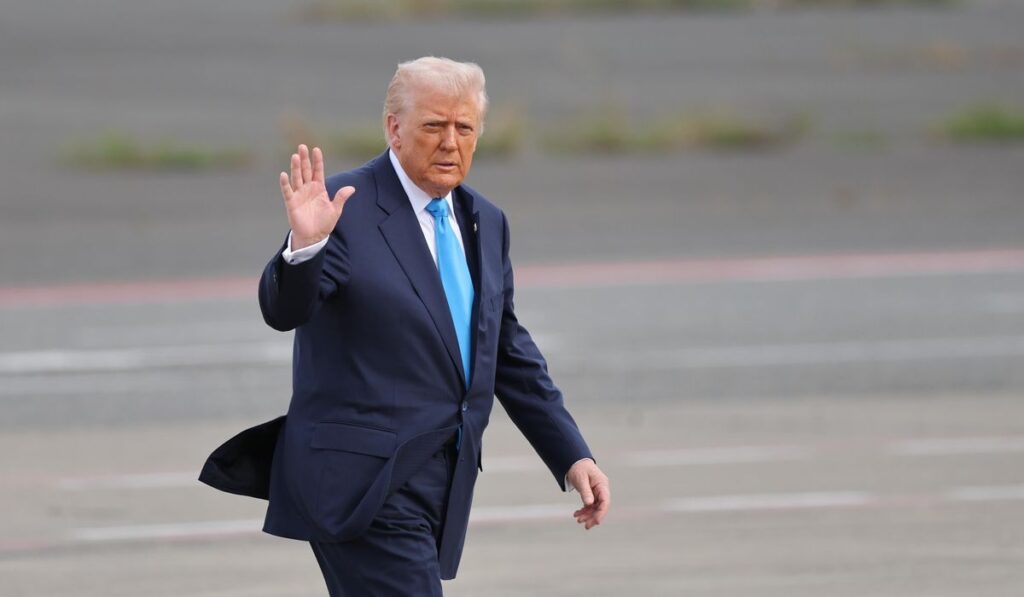President Donald Trump acknowledged Wednesday that “it’s too bad” he’s not allowed to run for a third term, a simple line that highlights a larger political reality and his ongoing appetite to remain central to the national conversation. He accepted the constitutional limit while signaling he intends to stay active and influential in conservative circles. This article looks at what that acknowledgement means for the Republican Party, voters, and how a modern political heavyweight keeps shaping outcomes without another White House run.
The plain fact is the 22nd Amendment bars a third consecutive presidential term, and that legal limit is the framework Trump referenced. He spoke honestly about the constraint while making it clear he hasn’t lost the urge to lead or direct policy from outside the Oval Office. For Republicans, that honesty is easier to respect than evasive rhetoric that pretends rules do not apply.
From a Republican viewpoint, the takeaway is practical: power and influence don’t live exclusively in the presidency. Former presidents, party leaders, and public figures sustain influence through endorsements, fundraising, and grassroots organizing. Trump’s base has shown it follows his signals closely, and the party benefits when a strong voice channels enthusiasm into clear political strategy.
Staying in the fight without running again means leaning into institutional tools the party already uses, and Trump has access to them. He can train candidates, marshal donors, and set the agenda at rallies and on communications platforms that reach millions. That kind of work can shape the next campaign cycle and protect conservative gains without breaking constitutional rules.
There’s also a communications advantage to being unbound by the strictures of official office. Freed from daily governing responsibilities, a former president can spend more time on long-form messaging, book writing, and direct outreach to voters. For Republicans who want persistent, pointed messaging, that steady presence is invaluable and often more effective than a constant cycle of policy memos.
Legal reality aside, the political calculus matters: how does the party convert name recognition into wins for candidates at all levels? Trump’s popularity among core voters is a strategic asset the GOP can use to win federal, state, and local races. Smart party leaders will focus on converting enthusiasm into votes and candidates who reflect conservative priorities rather than obsessing over hypotheticals that the Constitution already settles.
There are also structural answers for keeping influence alive: build institutions, back like-minded governors and legislators, and invest in local races where outcomes compound over time. Trump’s ability to spotlight issues and candidates gives Republicans leverage in tight contests. Turning headlines into ground-game victories is the practical route for anyone serious about long-term conservative success.
Republicans should welcome a candid assessment that accepts limits while promising action. Fans and skeptics alike understand the rules, and the party gains credibility when leaders play within them and focus on winning the next tangible contest. Political energy channeled through viable candidates and strong messaging wins elections more consistently than speculation about impossible scenarios.
On a personal level, Trump remaining a central figure without running again allows him to be a mentor and kingmaker in real time. That role lets him shape priorities and back contenders who can implement his agenda without needing to inhabit the presidency again. For voters who backed him, that is a continuation of influence rather than a concession.
Ultimately, the moment is about strategy: accept the constitutional boundary and double down on practical ways to keep conservative policy moving forward. Republicans who want results should focus on candidate development, voter outreach, and translating high-energy support into ballots on election day. The party’s future will be built by organizing, not by ignoring clear limitations.



